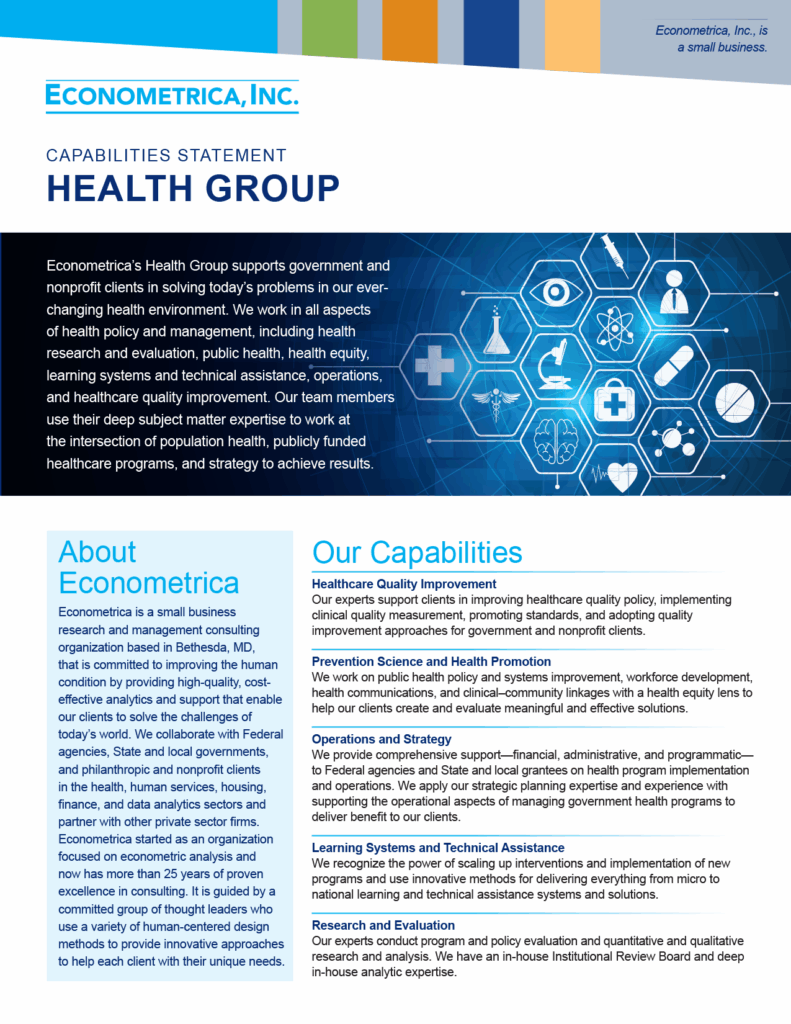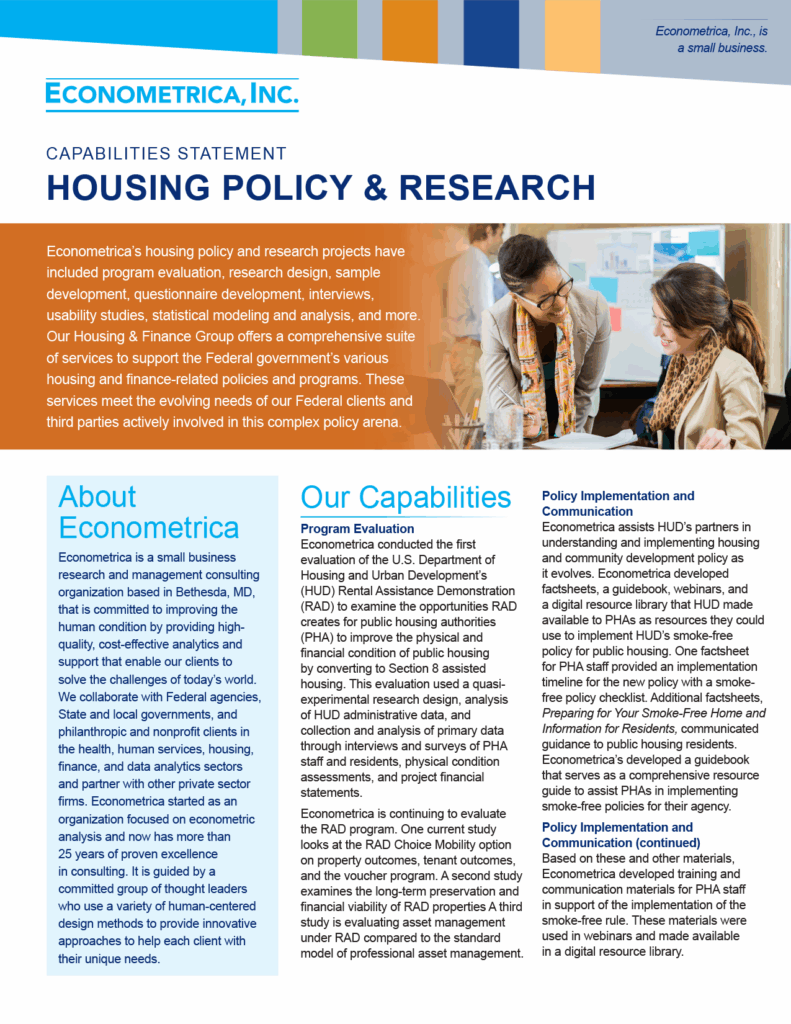Econometrica partners with the Preventive Cardiovascular Nurses Association (PCNA) in developing and deploying a Health Equity Self-Assessment Tool that will help healthcare providers identify areas of improvement in their own practice regarding health equity and refer them to pertinent resources. To launch this initiative, the PCNA and Econometrica team hosted a focus group with cardiovascular healthcare professionals to better understand their needs, barriers, and areas of improvements related to health equity.

Econometrica Launches New Course
 BETHESDA, MD – Econometrica launched a new course about handwashing during the COVID-19 pandemic. Washing your hands regularly and thoroughly is the best thing, aside from social distancing, that you can do to protect yourself and your community from the spread of COVID-19. Adapted from guidance from the Centers for Disease Control and Prevention, the new course will focus on when and how you should wash your hands to stay healthy – a simple task, yet often misunderstood and performed poorly.
BETHESDA, MD – Econometrica launched a new course about handwashing during the COVID-19 pandemic. Washing your hands regularly and thoroughly is the best thing, aside from social distancing, that you can do to protect yourself and your community from the spread of COVID-19. Adapted from guidance from the Centers for Disease Control and Prevention, the new course will focus on when and how you should wash your hands to stay healthy – a simple task, yet often misunderstood and performed poorly.
The new course is available at https://econometricainc.com/training/.
Founded in 1998, Econometrica is a research and management organization in Bethesda, MD, established to provide public- and private-sector clients with customized program support services. Econometrica works with multiple agencies to provide high-quality, cost-effective analyses, modeling, and economic evaluations. The company consistently receives exceptional scores from its clients and believes in three principles: technical capabilities, happy customers, and business development.
Washing your hands regularly and thoroughly is the best thing, aside from social distancing.













